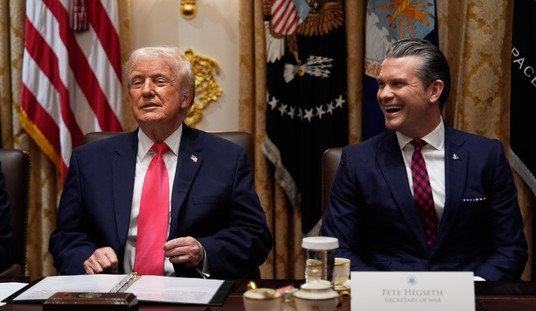Conservatives are right to be worried about liberal bias on college campuses. A new study analyzing the partisanship of college professors confirmed fears held by conservatives such as Ben Shapiro, Dennis Prager, and Tucker Carlson. Democratic professors now outnumber their Republican counterparts by nearly nine to one.
The study published by the National Association of Scholars looked at partisanship among professors at the highest U.S. News ranked private and public institutions in each state. Researchers used public voter and Federal Election Commission databases to determine the party affiliation and donation history of each professor.
The study sample included 12,372 professors. 48.4 percent were registered Democrats, and 5.7 percent were registered Republicans. The overwhelmingly disproportionate number of Democratic professors is at odds with the general population. According to Gallup, 29 percent of the general population is Democratic, and 26 percent is Republican, a ratio of 1 to 1.
The Democratic to Republican ratio of donors was far higher than the registration ratio. Of the professors who previously donated to a campaign, 2,081 were Democrats, and only 22 were Republicans, a ratio of 95 to 1. The share of professors who gave to a political candidate (17 percent) was slightly higher than that of the general population (12 percent).
Researchers also analyzed the partisanship in each discipline. Natural sciences had the least politically diverse professors. Chemistry had a ratio of 4.6 to 1, while Biology had a ratio of 9.4 to 1. Surprisingly, Economics had the lowest partisan discrepancy of all the nine disciplines with a rate of 3 to 1. The most significant difference came from Anthropology, with a rate of 42.2 to 1.
Recommended
When it came to professors analyzed by region, schools in the Northeast had the most disproportionate number of Democratic professors. For every 15.4 Democratic professors, there was 1 Republican. The ratio of partisanship by region isn’t shocking, given previous work looking at the homogeneity of professors.
As with all studies, there are some potential problems when it comes to validity. First, the researchers used voter registration as a means of obtaining political identification. Not all states allow voters to register with a political party, and not everyone who can register does. Secondly, just because someone once identified with a party doesn’t mean they still do.
Many people fear the discrepancy will lead to the suppression of conservative or libertarian views in college classrooms. Young Americans for Liberty President Cliff Maloney believes it’s already happening by saying, “It’s no wonder free speech is being stifled on campus. Students are less likely to discuss the merits of free markets on campus if 90 percent of professors are openly biased against these principles.”
YAL files legal challenges against schools that knowingly violate the free speech rights of students as part of their National Fight for Free Speech Campaign. They previously won challenges against six schools in the study.
A direct relationship between the partisanship of the professors and the violation of students’ first amendment rights has yet to be determined. However, it’s worth acknowledging the partisanship ratios of those schools: the University of Massachusetts at Amherst (92 to 0), Berkeley (28.4 to 1), the University of Delaware (4.2 to 1), Regis University (14 to 1), and Louisiana Tech University (3 to 1).
Conservatives are justified in their fear of college campuses becomingly increasingly liberal. Results from the study indicate Democratic professors drastically outnumber their Republican counterparts in political identification and donations. As Maloney best sums it up, “That’s why it’s crucial we fight for a culture of tolerance and free expression at American universities.”


